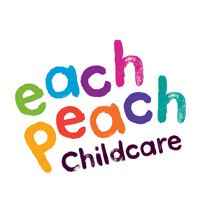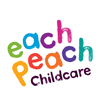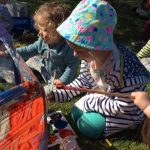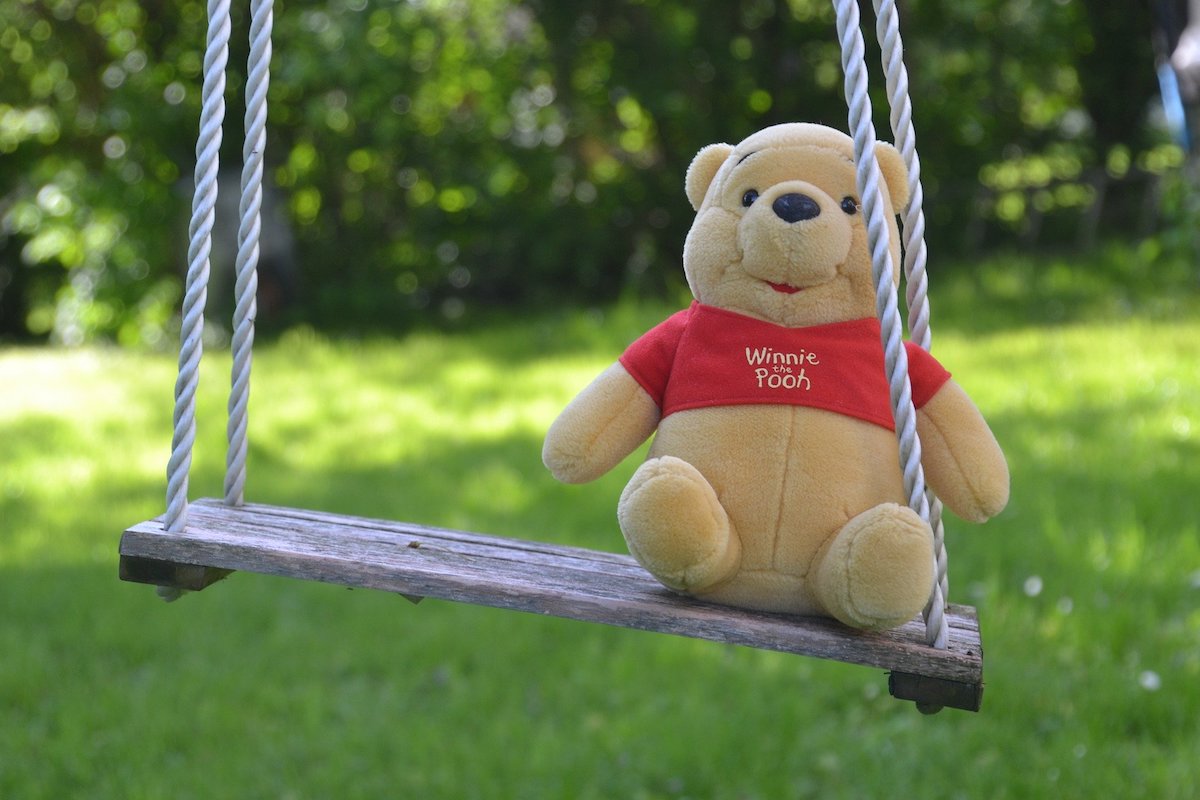
7 lessons we can learn from Winnie the Pooh
Imagine writing a book for your child to reflect on their favourite toys and talk about the animals discovered on your adventures together. In 1925 A. A.Milne began that journey and Winnie the Pooh was born and now each year on his birthday the world celebrates its favourite bear with Winnie the Pooh day.
Winnie the Pooh isn’t looking bad for his age at 95-years-old, and continues to be a childhood staple, enveloped in mindfulness, joy and tales of true friendship. There are things we can all learn from his adventures in Hundred Acre Woods, which incidentally resides on our Sussex stomping ground in Ashdown Forest.
We don’t just offer a day nursery, at Each Peach Childcare in Hove and Newhaven ‘learning’ is front and centre for our nursery teachers, so to mark Winnie the Pooh day we’ve picked seven lessons from our favourite honey-loving bear to share with you. In true Each Peach style, we’ve even thrown in an activity for every lesson that you can try at home.
So, find your favourite teddy bear and snuggle up for a good read. We invite you and your family to join us in reflecting on the timeless lessons handed down by Pooh and his dear friends Christopher Robin, Piglet, Eeoye, Rabbit, Owl and Tigger.
1. Seize the day
”What day is it?” said Pooh. ”It’s today,” squeaked Piglet. ‘”My favourite day,” responds Pooh.
A good day is a good day. A bad day can become a good story, what is important is that we make the most of what we have. Undeniably profound, Pooh teaches us to take pleasure in life and seize the day.
Why is this an important lesson for our children?
Remember that slide you never wanted to go down? Well your child is watching you now and this is your chance to teach them resilience, to show them how to feel the fear and do things anyway. Children give us the perfect excuse to step out of our own comfort zone and take risks. Seizing the day helps us to create memories and be more present.
Activity:
- Get out! Is it raining? Windy? Get outside anyway. Brighton and Hove museums are all FREE and have activities and something for ALL ages to appreciate and learn from.
- Keep and chuck. Have you been putting off any activities as a family? Perhaps the dreaded toy cull? Get to it, make it fun by turning into a race or creating a reward chart for completion.
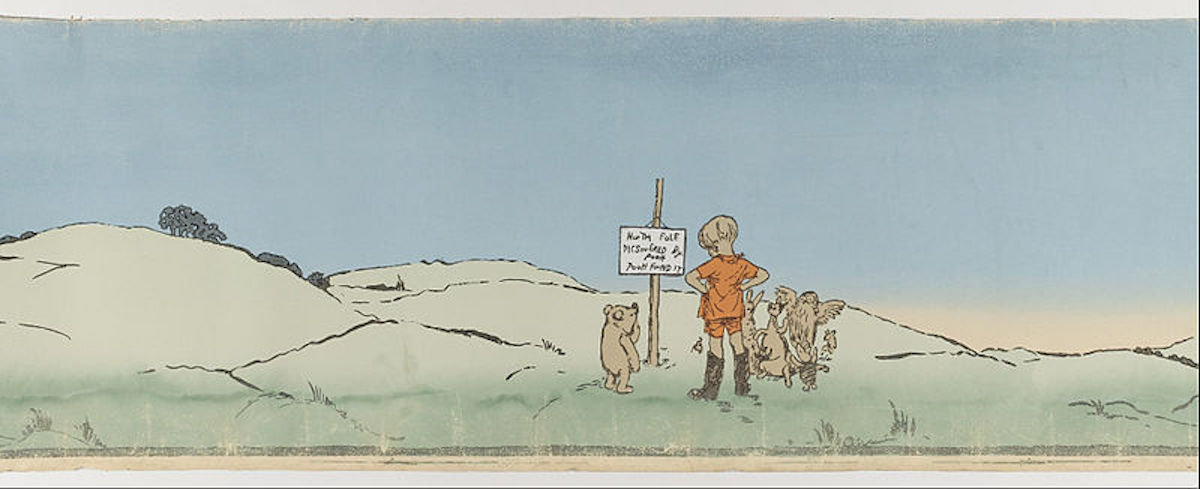
2. Always believe something wonderful is about to happen
“Supposing a tree fell down, Pooh, when we were underneath it?’
‘Supposing it didn’t, said Pooh after careful thought. Piglet was comforted by this.
Sometimes it’s fun to feel scared, like the moment before you go on a fairground ride. These are the moments we ‘risk on purpose’ and set aside our worries, because we know that something wonderful will happen. These are the moments that lead to fun experiences and make memories.
Why is this an important lesson for our children?
We can help build resilience in children by talking about their worries and giving them strategies to think about things differently. Problem-solving together builds on trust, communication and listening skills.
Activity:
- Talk to your child about any worries they may have and talk through solutions. They may want to draw their worries or write a list. Teach them the process of reflection and thinking problems through using ‘Stop, Think, Go’ a traffic light system which allows them to reflect on situations as they arise. Stop: take a moment to calm down. Think: think about the situation, their options and the consequences of these. Go: go with the safest option.
- Blow bubbles! Blowing bubbles helps children to focus on their breathing and calm down.
3. We all feel different, because we ARE!
“‘Hallo!’ said Tigger. ‘I’ve found somebody just like me. I thought I was the only
one of them.'”
When was the last time you felt out of place? There are moments where we all feel worried about being different. Children begin to recognise the differences in the people around them from the age of 2, so it’s important they’re encouraged to recognise and celebrate their difference early on.

Why is this an important lesson for our children?
Challenging the idea of ‘normal’ and teaching children about diversity helps to cultivate acceptance in themselves and the people around them.
Activity:
- Make a list with your child of all the ways you are different from each other. You could start with the clothes you are wearing, the food that you eat, the books that you read or the music you like. Once you’ve made this list create a new one which reflects all the ways in which you are similar to each other.
- If your child isn’t old enough to help create a list take some time to highlight the differences between you through play, drawing pictures or using toys.
- Read Dr. Seuss’ ‘Sneeches’, it’s a wonderful book that celebrates difference.
4. Kindness is a gift everyone can afford to give
“A little Consideration, a little Thought for Others, makes all the difference.'” (Eeyore)
Building children’s emotional literacy is really important. It will help them understand how we can be kind, and what ‘kindness’ looks, feels and sounds like. Kindness starts at home and what’s more – its positively contagious!
We can let our children know how they are making other people feel by highlighting this to them without shaming them and by praising kind behaviours.
Why is this an important lesson for our children?
Children learn from how they see us treat people, so looking for opportunities in our day- to- day lives where we can model kindness is fundamental to building their capacity to show it.
Activity:
- Share a story of kindness with your child. This may be a book you already have OR you can personalise it by sharing a moment where someone has been kind to you and explaining how it made you feel.
- Play the compliment game! Teach your child how to recognise what they like in other people and the world around them and exchange compliments. You can play this anywhere and it is even more fun if you combine it with catch. Every time they throw the ball they have to pay you a compliment when you catch it.
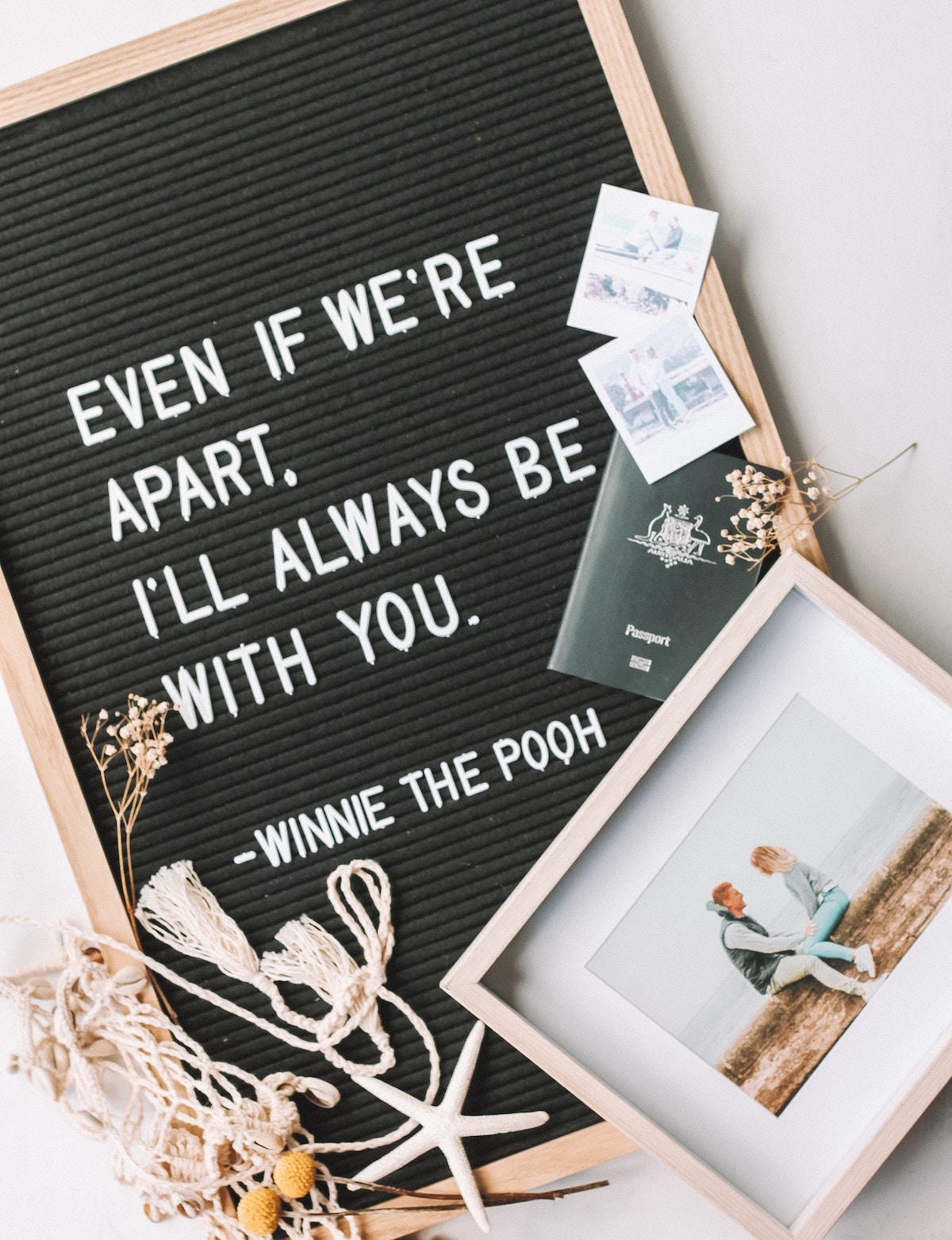
5. Sometimes just being there is enough
Piglet sidled up to Pooh from behind.
“Pooh!” he whispered.
“Yes, Piglet?”
“Nothing,” said Piglet, taking Pooh’s paw. “I just wanted to be sure of you.”
Winnie the Pooh’s stories are filled with acts of mindfulness. Being present is a present we can all give and there are many ways we can practice this. From yoga to device free days, being present with our children strengthens our bonds and helps us to connect with them. By choosing to slow down, savour the moment and remain focussed on one task we can begin creating true presence. Yes, we realise ONE TASK is a big ask of any parent but being present truly begins with simplifying activities and going back to basics of simply enjoying the moment for what it is – unless of course it is a stage 9 nappy fiasco. Then of course we understand that may be one task you will want to move on from.
Why is this an important lesson for our children?
Our children our growing up in a world full of swipes, scrolls and clicks. We need to help them learn how to switch off, be still (okay, perhaps not this one) and be mindful in the moment, so that they can also appreciate nature and maintain a health balance of mind.
Activity:
- Go device free. It’s all too easy to slip into phone mode while you’re breastfeeding or your child is entertained. We understand it is not possible for everyone to have a device free day, so set a time aside each day or week where you’re living device free.
- Yoga. YouTube is now full of excellent resources for practising yoga at home with babies, toddlers and pre schoolers. In the words of Adriene ‘find what feels good’ and a physical activity which you can enjoy as a family.
- Bath time. Sharing a bath with your little one is a brilliant way of creating distraction free presence.
6. It’s the little things that count
“Piglet noticed that even though he had a Very Small Heart, it could hold a rather large amount of Gratitude.”
Understanding and teaching the importance of ‘the little things’ helps to build a foundation of gratitude and love for the things we already have. It starts with please and thank you moving beyond and into every area of our family lives. We can help others to feel more positive by being kind, showing up and encouraging gratitude.
Why is this an important lesson for our children?
If we’re thankful we become less picky. Building gratitude in children creates happiness and is vital to creating a sense of ‘enough’, it helps them to appreciate the toys, friendships and experiences they have.
Activity:
- Make a ‘Happy Jar’ grab a mason jar, decorate it with your child and fill it with memories over the course of the year. You can write the memories on paper, keep mementos from days out or create your own.
- Every morning as a family before you do anything else! Start the day by each naming three things you are grateful for. Alternatively make this a part of your dinner or bedtime routine when you reflect on the day thus far.
- Take a gratitude walk and look for the simple pleasures in the things around you, talk to your child about them. Ask your child what they are grateful for.
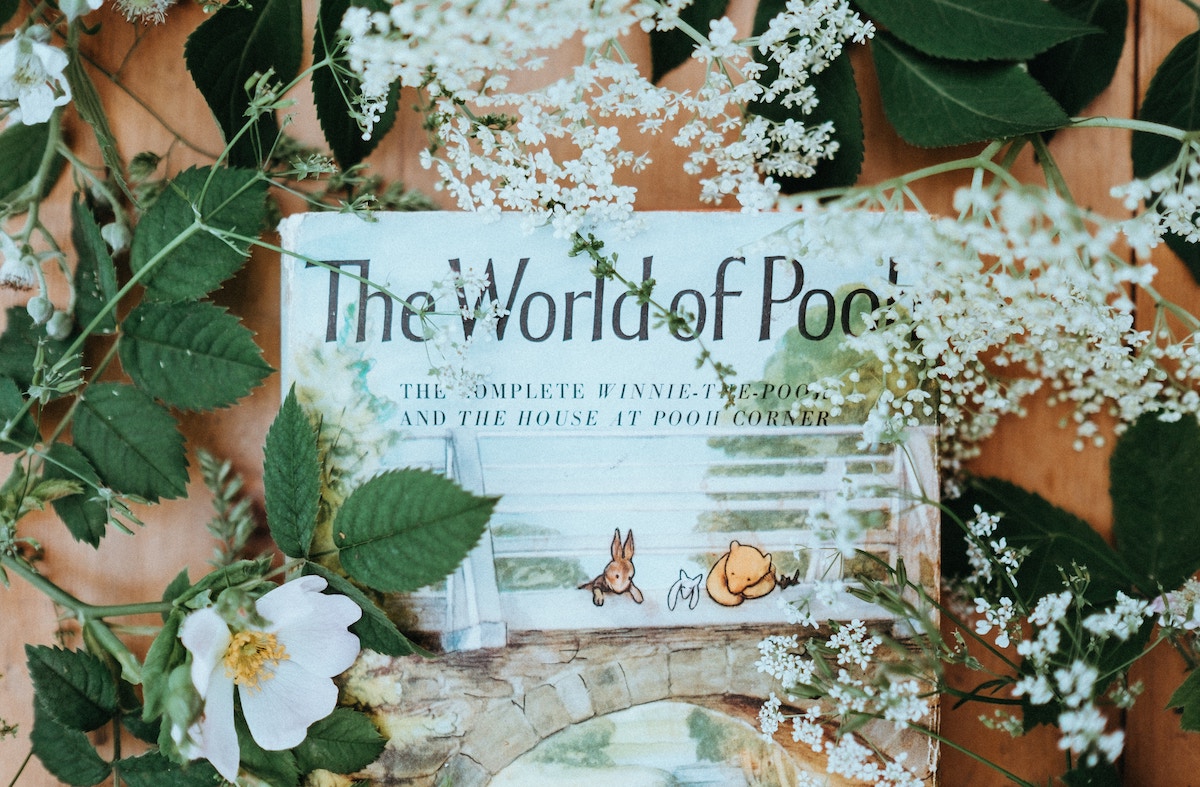
7. Listen with your ears, brain, eyes and heart
“Pooh”, said Piglet reproachfully, “Haven’t you been listening to what Rabbit was saying”? “I listened, but I had a small piece of fluff in my ear. Could you say it again, please, Rabbit?”
We build better relationships at home, nursery, work and play through actively listening. As parents we’re encouraged early on to decipher our babies cries and non verbal cues. Listening with our ears, brains, eyes and heart is key to understanding what someone’s saying and how they’re feeling.
Why is this an important lesson for our children?
We can all benefit from creating healthier habits to become better listeners and model good listening behaviours.
Activity:
- Play musical statues.
- Play ‘telephone’ and take turns whispering in each other’s ears and repeating back what you say to one another. Instead of making it one word if your child can, use 3-4 short sentences for your child to repeat back. Continue practicing and sharing silly or pretend stories.
- Ask your child what they think listening looks like, role play with them about how we can show others we are listening: paying attention to the person who is speaking, making eye contact, showing interest by nodding and smiling and not interrupting.
- Read ‘I went to the supermarket’ by Paul Howard, it’s a fantastic book to use as a tool to practice your listening skills as a family.
Take a scoop out of Winnie the Pooh’s honey
And that ladies and gents, boys and girls – is why Winnie the Pooh is our favourite bear, all we need to do is listen and put some of those lessons into practice, because as Winnie the Pooh once said:
“Some people talk to animals. Not many listen though. That’s the problem.”
Take a scoop out of Winnie the Pooh’s honey and pick one of the activities to do today and celebrate this wonderful character. If you want more fun things to do don’t forget to keep an eye on our calendar of family activities and events or just get in contact if you want to have a look around our Hove Day Nursery or Forest School in Newhaven.
